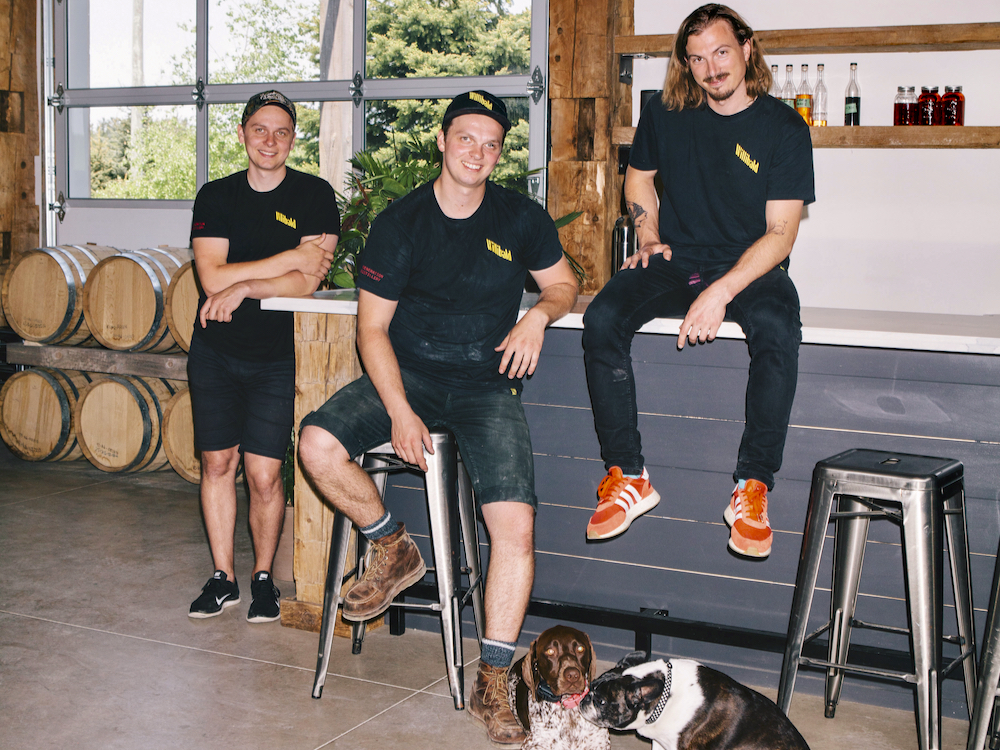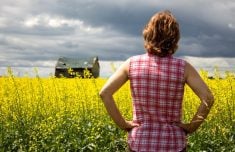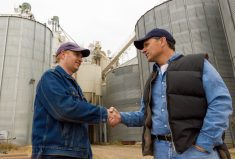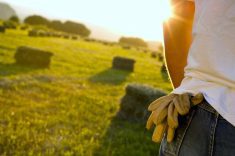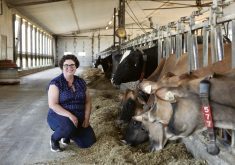When they decided to start their own distillery in their hometown of Ayr, Ont., Cameron Formica and the brothers Jordan and Nolan van der Heyden decided to test the truth of the movie line “if you build it, they will come.”
“Farming on farmland is good in theory,” Formica recalls thinking.
He knows the “in theory” part of what he says comes as a bit of a shock. Is farming only good “in theory?”
Read Also

What to consider when setting up farm-related business ventures
Things to consider before launching a farm-adjacent side business.
But it makes more sense as Formica continues to explain it. “People see a huge opportunity in farmland beyond producing an agricultural output.
“People are searching out not just products, but experiences.”
In today’s agriculture, in other words, there are opportunities to do more than produce crops and livestock. There are business opportunities to reach out to consumers too.
It’s why Formica follows up on his quip about farming on farmland by saying: “Some people need and want more — and there’s a huge movement to develop farmland to help people better connect what’s grown on a farm and where it ends up.”
Willibald Farm Distillery and Brewery is situated on a 100-acre property in Ayr, just off the 401 about an hour west of Toronto. The company now comprises a distillery that produces gin and vodka, plus a restaurant and a brewery. There’s also 60 acres of the farm in hay production and 10 to 15 acres used as sustainable pasture land for the beef cattle that supply the restaurant.
And when there isn’t a pandemic lockdown, there are also people — a lot of people. Willibald is on a path for 30,000 a year.
In the beginning
It all started in 2013 when the three friends were looking for a business opportunity and began brainstorming how they could get into making whisky, which was becoming more popular. The van der Heyden family owned the property, which at the time was rented out for cash crops.
“Canada has a very rich distilling history and we figured it was the right time to enter the industry,” Formica says, adding that theirs was only the second farm-based distillery to be built in the province.
At first it seemed a long shot, especially because of their location. The town of Ayr, Formica says, was a place “people drove through on their way to someplace else.” But a trip to Scotland to study famous distilleries eliminated that fear. Glenlivet, for instance, is much more remote than Ayr, located in the highlands where there isn’t even public transit.

There was a 100-year-old barn on the site already, and while they had to rebuild it from the ground up to make it structurally sound and to meet the building code, they used old boards and beams and other touches — including the silo — from the original space in keeping with its history.
Prime farmland versus diversification
Like most provinces, Ontario has guidelines that the project had to clear. Could it be classed as a farm activity, and be built on farmland?
The guidelines, as they’re currently written, say that on-farm diversified uses (OFDU) must be located on a farm, must be secondary to the principal agricultural use of the property, must be limited in area (two per cent of a farm parcel to a maximum of one hectare) and include, but are not limited to, home occupations, home industries, agri-tourism uses and uses that produce value-added agricultural products.
They also stipulate that the uses “shall be compatible with, and shall not hinder, surrounding agricultural operations.”
The Guidelines on Permitted Uses in Ontario’s Prime Agricultural Areas, in which they’re found were published in 2016 and set out the parameters around the kinds of changes that can and can’t be made on prime farmland, according to the Provincial Planning Statement (PPS), which guides all development in the province.
Pam Duesling, a University of Guelph PhD student, and Emily Sousa, a master’s student, are undertaking research into whether the standards need change. They are students of Dr. Wayne Caldwell, at the university’s School of Environmental Design and Rural Development.
“We looked at the good, the bad and the ugly around the guidelines and are suggesting next steps for farmers, planners and OMAFRA (Ontario Ministry of Agriculture, Food and Rural Affairs), who hopefully will be updating them,” says Duesling.
But there’s also more to it than that. “We are showing farmers what they can do on their farms and (we’re showing) municipalities how they can help those farmers do those new uses, plus help set some limitations so we make sure we preserve our good Ontario soils.”
Less than five per cent of land in Canada is designated prime agricultural land and more than half of that is in Ontario, where it is under constant pressure. According to Duesling and Sousa, almost 40 per cent was lost between 1951 and 2011.
Still, diversification is also an opportunity that increases farm and community sustainability. The Guelph research shows that when farmers and planners get involved in on-farm business diversification projects, the main reasons for taking the plunge are economic factors within agriculture, followed by local food production and job creation.
Results so far
The researchers conducted surveys, interviews and focus groups. A total of 37 municipalities and planning boards and 146 farmers who have or had an OFDU or are in the middle of establishing one were involved. The sampling was from across Ontario.
Nearly all the farms were family-owned, about 40 per cent of the owners relied on off-farm income and three-quarters of the farms were in prime agricultural areas.
Diversification definitely provides an economic boost to the local community, as evidenced by the jobs created by the participating farmers. An average of three jobs were created within the family, nine jobs outside the family, and altogether, the farmers surveyed created 1,551 jobs from their OFDUs.
The farmers pointed out that their businesses provided first-time employment for young people and inspired some to go back to school and take courses so they could better contribute to the business. On the farm, the projects helped with succession planning too.
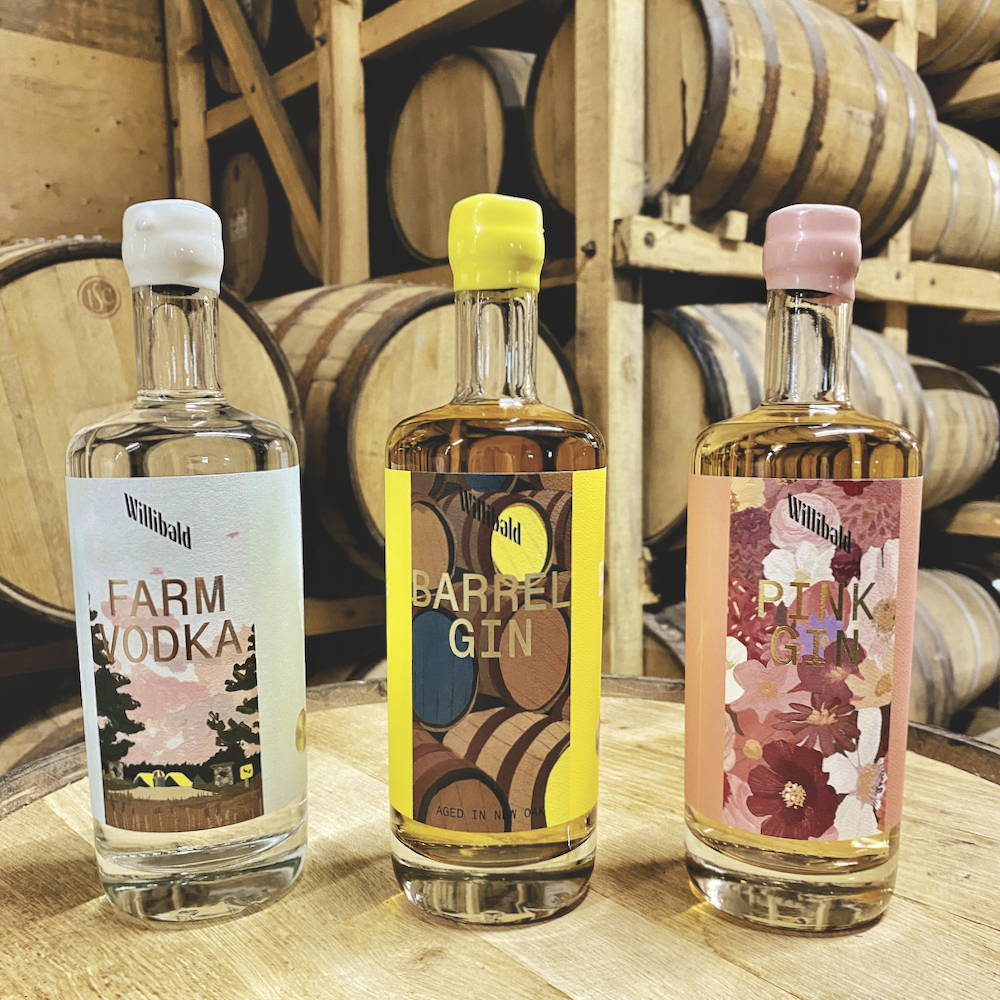
While 70 per cent of the municipalities and planners regularly use the provincial guidelines, 10 per cent don’t because they already worked them into official plans and bylaws. Most concerning was the 20 per cent that never use the guidelines because they don’t have class one to three agricultural soils in their areas. The researchers say that this misconception needs clearing up, because it implies that the guidelines are only relevant to field or crop production and aren’t useful for, say, greenhouse operations.
“We’re not looking to make things easier to do on-farm diversification, it’s more about balancing the opportunities it presents with the preservation of agricultural lands,” Duesling explains.
Duesling, who has a cash crop farm herself and works for the County of Brant, also says that getting rid of some of the red tape could open up more ways to diversify local economies.
“Municipalities, if they don’t have as-of-right zoning, there’s a whole process farmers have to go through with planning applications and studies and so on — we’re suggesting opportunities for reducing those and be more user-friendly for the farmers,” she says.
Most municipalities don’t have as-of-right zoning — which allows the property owner to develop without having to go through a public hearing process or a vote by municipal council, provided the project meets building codes and other criteria.
While access to financial capital topped the list of challenges for farmers to get into OFDUs, site plan control, zoning issues and building permit approvals were the next most-mentioned barriers during the research. One farmer who was interviewed said, “We went to the political level and had public meetings about (the zoning bylaw amendment). It was excruciatingly difficult. I wouldn’t wish it on my worst enemy.”
Recommendations from the research project will be forwarded to the provincial government, municipalities and farmers, and a report is expected to be published before the end of the year.
The Willibald experience
Formica says that the process with the local township wasn’t too painful, although initially, they were advised that they’d need to have the entire farm rezoned to industrial, which the partners knew had nearly no chance of success.
At the time, there was little in the way of precedents for what they wanted to do, and North Dumfries Township was reluctant to be a trailblazer, especially with three men who were aged 25 and younger. But the entrepreneurs were determined, and after the initial phone call and demonstrating their seriousness, the process went much more smoothly.
“We wrote a plan that said because we’re using all agricultural inputs — 95 per cent Ontario-grown — that really all we’re doing is like a mill, only we’re making alcohol instead of flour,” Formica says. It worked.
Dealing with the municipal, provincial and federal governments for all their permits and licensing was not as hard for them as people think, he adds.
“The unknown is always terrifying, but we filed all the paperwork for our applications and responded to all the questions ourselves,” he says, and credits their unrelenting drive to building the business and having their “ducks in a row” for their success.
They started in July of 2013, and it took about a year and a half to get all the building permits and two years of construction — mostly because they decided to do a lot of the work themselves. The distillery opened in the spring of 2017 and the restaurant opened in late September, 2018.
Expansion and success
“We knew the distillery wasn’t enough — we had to make it into a destination like a winery, where people want to come and stay a while,” Formica says. “And because we weren’t in a specialty region, we had to create our own draw.”
The partners’ positive feelings for the village where they grew up was also part of their decision. “Ayr needed something,” Formica says.
The next step was the brewery, although its building process was much different, mainly because there were now guidelines on what landowners can and can’t do with farmland.
The brewery opened in late 2019, just before the pandemic forced the company to take all their sales online. That proved good news. Sales skyrocketed.
“We went from shipping out five to 10 orders a month as of February (2020) to shipping 1,200 to 1,400 a month,” Formica says. They had started by delivering orders themselves, but now contracted delivery to logistics companies.
The partners’ plans are to eventually grow their own grain for their businesses, but for now, they source from local farmers and mills.
The company now ships to Quebec and Alberta, with exports to Japan, Singapore and South Korea, and via a distributor in Belgium as far as Russia and Finland.
The three partners are still committed to their original idea, though. “As everything in life becomes more expensive, people will also be looking for things to do closer to home,” Formica says. “If you build a good enough experience, people are looking for things to do and they will drive to your business.

